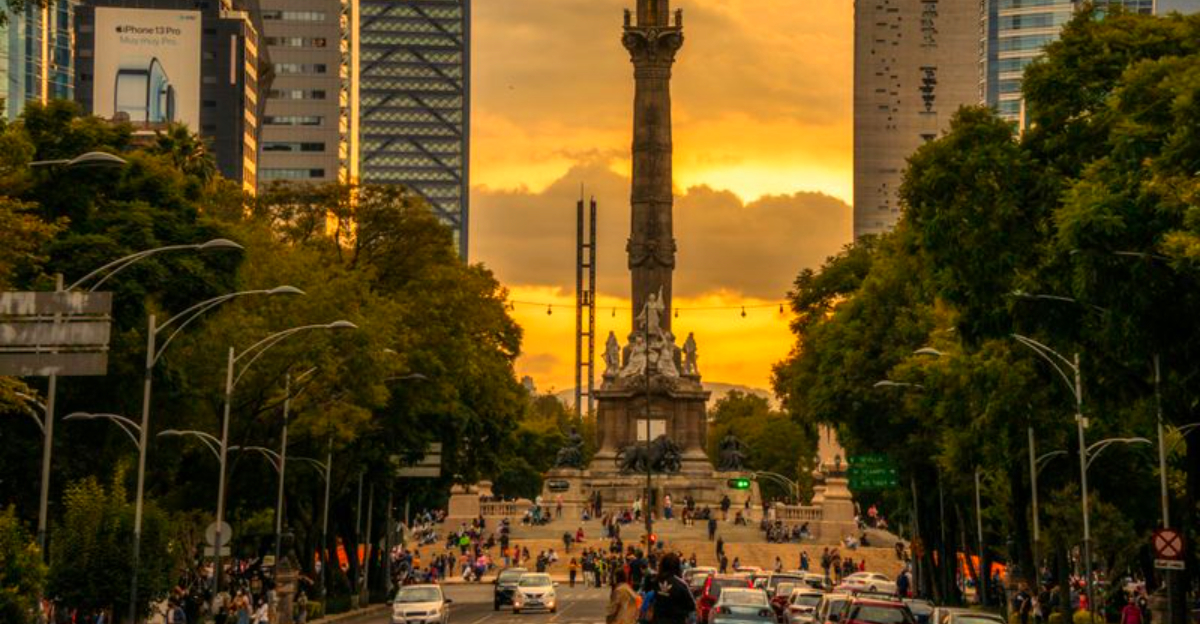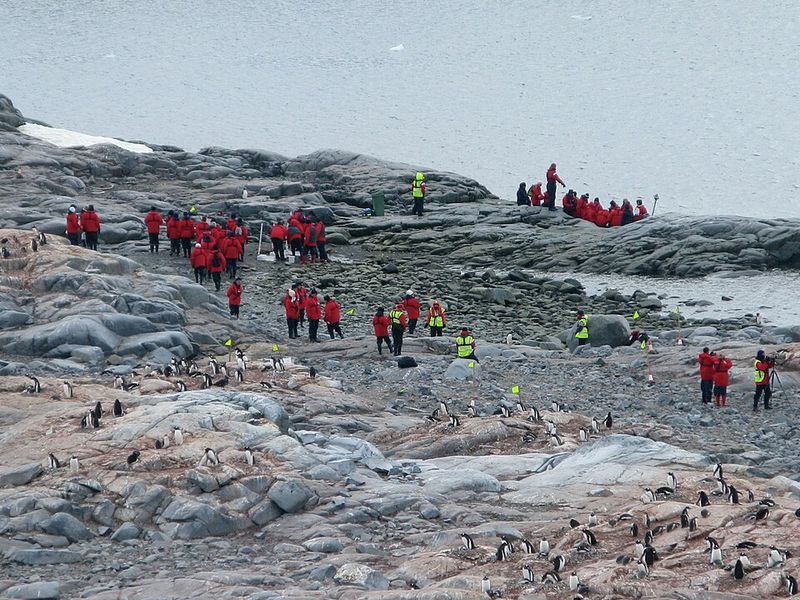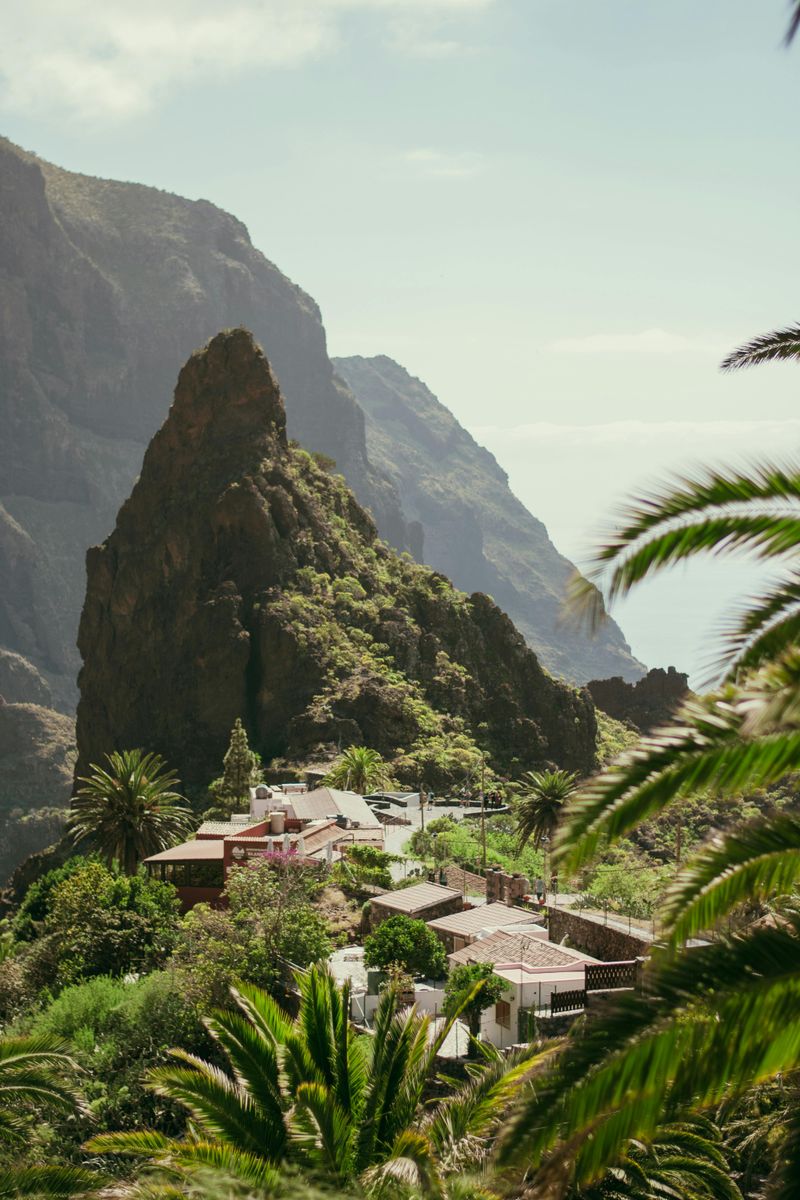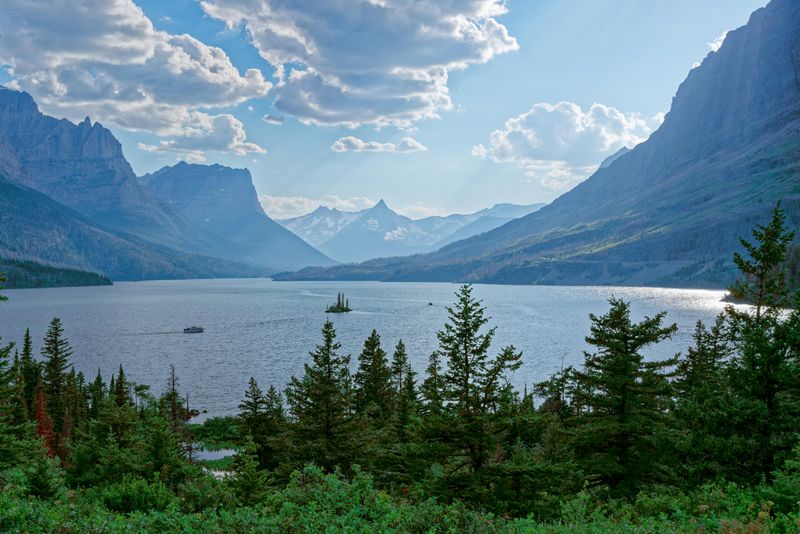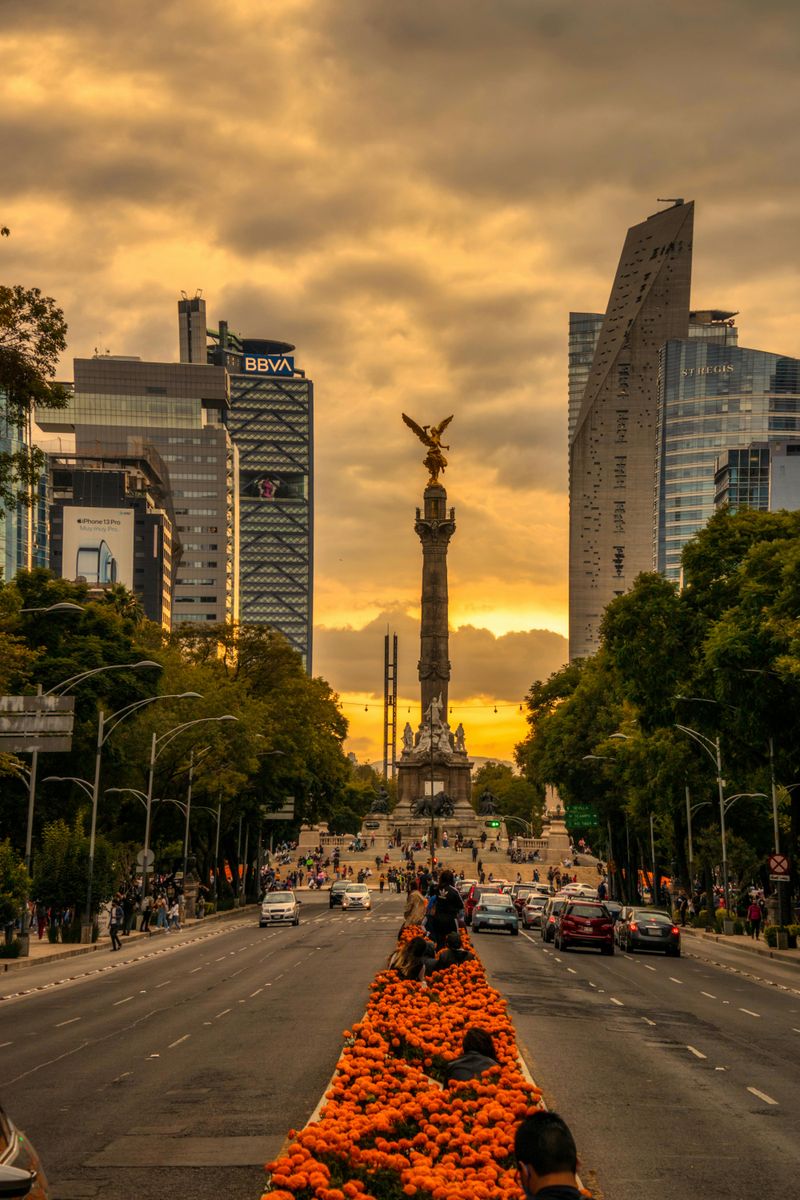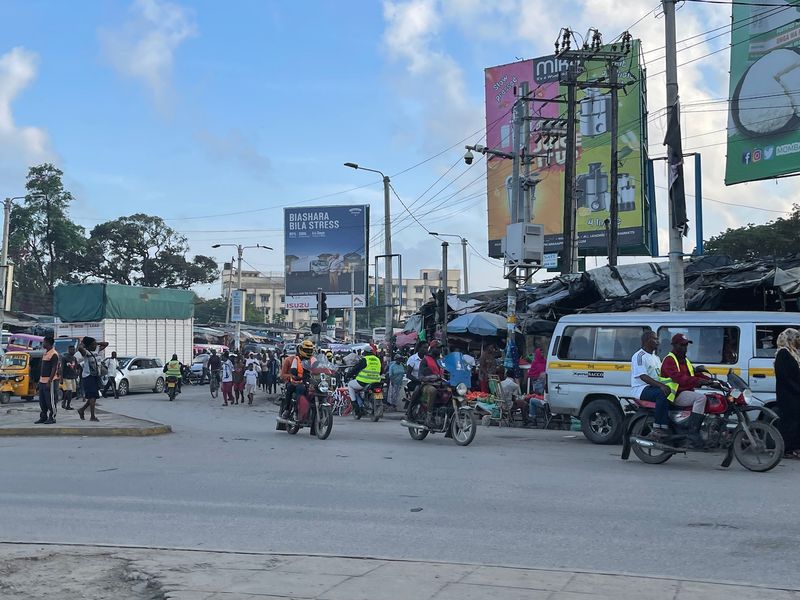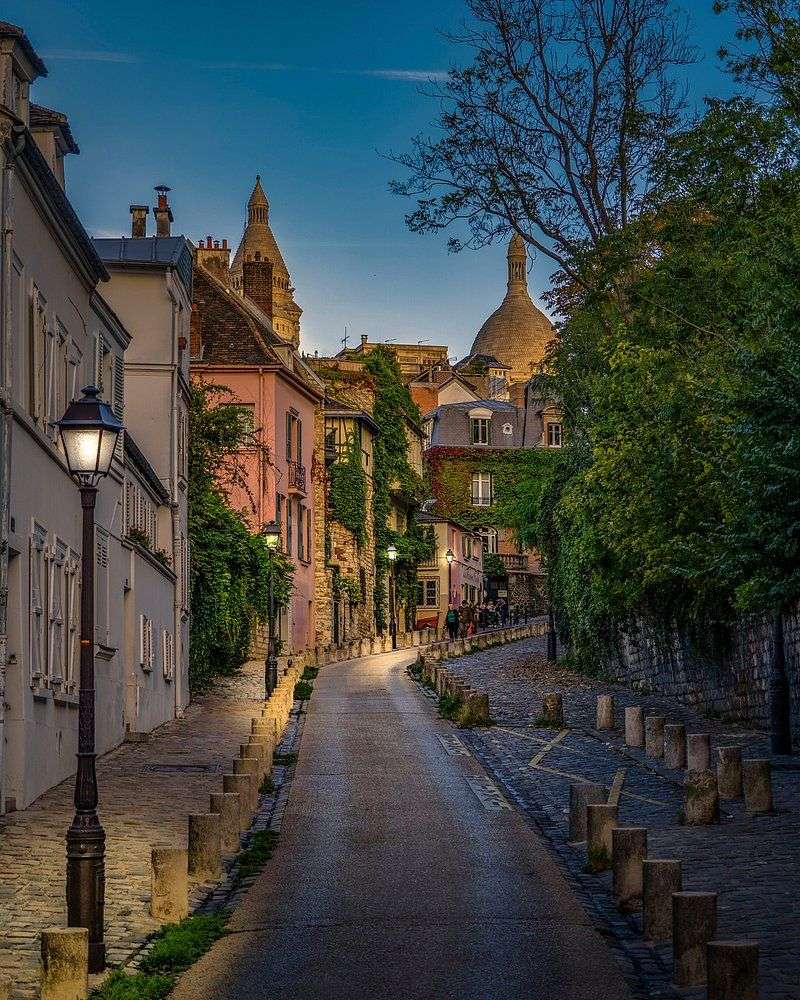You want a trip that feels good during and after, not one that leaves a dent on places you love. Fodor’s 2026 No List is a nudge to pause, rethink, and plan with care. These hotspots are stunning, but crowds, climate stress, and local pushback are real signals. Use this guide to travel smarter, tread lighter, and still come home with stories worth telling.
Antarctica
Antarctica is magnetic, and that is exactly why it is vulnerable. Visitor numbers have surged, shifting from small expedition ethos toward higher volume itineraries. You feel the pull, but the ice, wildlife, and research zones cannot absorb careless traffic.
When you research trips, look for operators with strict environmental standards, smaller vessels, and science-supported guidelines. Ask about wildlife approach distances, fuel practices, and waste protocols. If the answers sound vague, your best choice might be to wait.
Scholars and guides warn the ecosystem is delicate and already under climate strain. Your decision matters more here than almost anywhere else. Choose responsibly, or press pause until the travel model proves it can truly protect the continent.
Canary Islands, Spain
The Canaries glow with sun, lava fields, and Atlantic breeze, but the strain is visible. Record arrivals collide with housing pressure, congested roads, and protests from residents. You feel welcome as a guest, yet the islands are asking for a breather.
If you must go, consider lesser visited islands, rural stays, and off season timing. Avoid short term rentals that displace locals, and book with community owned businesses. You can still catch trade winds without fueling the crunch.
Better yet, hit alternative archipelagos with stronger visitor management this year. Sustainability infrastructure takes time to catch up. Waiting gives the islands room to reset while you plan a trip that locals would actually cheer.
Glacier National Park, Montana
Glacier is breathtaking, yet its namesake ice is vanishing and crowds keep swelling. The along the road views are jammed, trailheads overflow, and the wilderness feeling can slip away by noon. You came for quiet, not gridlock.
Consider shoulder season, lesser known valleys, and strict Leave No Trace habits. Secure timed entries early and be ready to pivot to alternative hikes. Your flexibility eases pressure on the most fragile corridors.
If wild solitude is your priority, look at neighboring ranges or backcountry permits elsewhere this year. Let Glacier breathe while restoration and climate science race the clock. You will still find big sky moments without adding to the squeeze.
Isola Sacra, Italy
Isola Sacra sits quietly between Rome and the sea, and that calm is at risk. Plans for expanded commercial port activity raise alarms about traffic, wetlands, and daily life. You can feel how delicate the balance is.
Before you book, check community updates and environmental reviews. If you go, pick hyper local guides and slow itineraries that do not add to congestion. Walking tours and heritage visits beat cruise day rushes every time.
Sometimes the kindest choice is time. Let residents shape outcomes without extra pressure from visitor numbers. When the dust settles, your visit can align with what the community truly wants.
Jungfrau Region, Switzerland
The Jungfrau’s glaciers and cliffside villages feel like a dream until you reach the queue. Trains, lifts, and ridge paths are packed, and local life is bending under the weight. Beauty is not meant to feel rushed.
Shift your plans to shoulder months or lesser known valleys nearby. Prioritize hut stays, early starts, and quieter summits that spread out impact. Your timing can keep mountain magic intact.
If you want space, consider alternative alpine regions with similar drama. Let Jungfrau recalibrate visitor management. You will still collect alpine highs without stepping on the same narrow ledges as everyone else.
Mexico City, Mexico
CDMX crackles with food, art, and history, but rapid tourism growth is reshaping neighborhoods. Rents jump, long time residents move out, and some districts feel curated for visitors first. You can love a city and still listen when it says slow down.
Travel mindfully by staying in traditional hotels or community friendly guesthouses. Seek markets, family run eateries, and lesser visited barrios outside the hype map. Your pesos can vote for the city you came to appreciate.
Or give it a year while policies evolve. Cities need time to balance welcome with wellbeing. Returning later can mean better vibes for everyone, including you.
Mombasa, Kenya
Mombasa’s shoreline glows, yet big ship arrivals and resort pressure are changing the rhythm. Heritage sites feel crowded and beaches show wear from nonstop traffic. You want relaxation, not a conveyor belt.
Look to smaller coastal towns, marine parks, and island stays with eco credentials. Choose reef safe sunscreen, local guides, and low impact water activities. Your choices protect the very blues you came to see.
Or pivot inland to community forward lodges for a different Kenya perspective. When coastal management catches up, come back with confidence. The ocean will still be there, and hopefully healthier.
Montmartre, Paris, France
Montmartre still charms, but fourteen selfie sticks per view can wear you down. Crowds pack the steps, souvenir rows blur, and locals edge away from their own streets. You might leave with fewer moments than you hoped.
Try Canal Saint Martin, Belleville, or Buttes Chaumont for breezy neighborhood energy. Go off peak if you insist on Montmartre, and keep your footprint light. The best Paris memories often happen two metro stops beyond the postcard.
Paris is more than one hill. Spread out, linger, and let serendipity do the guiding. You will trade queues for conversations and still feel utterly Parisian.
